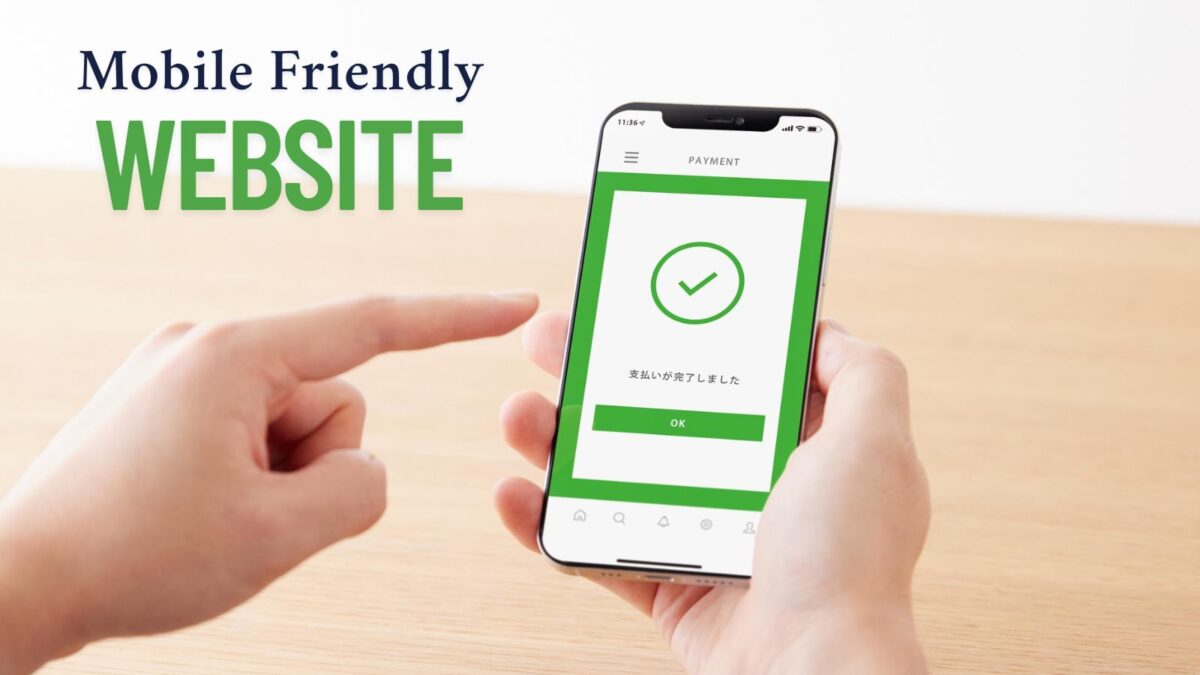Sending follow up emails or making calls to your clients matters for any small business. Taking time to reach out shows that you care about their experience and value their business.
When you respond to clients quickly and keep in touch, you prove that their needs come first. Regular follow up builds trust and keeps your business fresh in their minds.
Customers are more likely to return if you maintain this contact. If you stay connected more often than your competition, your clients will remember your business and feel more loyal.

Yes, your competitors are out there too, trying to take away your business from your clients with their own follow-up emails and calls.
Table of Contents
Which Method Works Best For Your Customers?
Even better, know which way your clients like to be contacted. Some people prefer email, while others prefer an old-fashioned phone call. And the younger set may prefer text messages as their means of communication.
Everyone is different, so be sure to get to know them well enough to understand their preferred method of contact. Or, ask them. They will appreciate your concern for their time.
Everyone is short on time these days, so don’t waste their time with a daily barrage of calls and emails.
Of course, if you find that your customers prefer calls, you do need to make sure that the calls you are making are secure and allow for privacy. This will ensure that data isn’t leaked.
Furthermore, it is essential in specific industries where calls need to follow regulations and be compliant.
Why Follow Up Emails?
Following up with your clients gives them a chance to ask you questions. Not only that, but you can also ask them questions.
Are they happy with your products and services? What could you or your business do better for them?
You can learn a lot about your clients by doing follow-up calls and emails. Therefore, you may be aware of a new need they have.
You may be able to upsell them to their needs. However, if you don’t follow up with an email or call, you will not know.
1. Provide Great Customer Service
When you follow up with people, you are providing excellent customer service. Just be careful not to become a pest by following up daily. Be persistent but not pesty!
Most people love getting attention, especially from those they make purchases from. Don’t you love receiving a card in the mail from a business you do business with? It can make you feel more special.
My friend Ilka introduced me to Send Out Cards, which I’ve found helpful not just for business but also for personal use. You can send birthday wishes, sympathy cards, and much more. You can even pick out a special gift to go with the Send Out card.
Make someone smile. Send a FREE Photo Card on me right from your phone or laptop! … https://t.co/JPx06OmEDr
— Ilka Flood (@mybeachmoney) August 3, 2021
#SendAPieceOfYourHeart #MakeSomeoneHappy #SendOutLove #CardsAreMagical pic.twitter.com/kiBU5mr8aZ
2. Learn What They Want Next with Polite Follow-Up Emails
This is very important. Learn what they want or need next from YOU. Yes, your business should understand what your client’s needs are going forward before sending follow up emails.
As a matter of fact, how else can you help them in the future, right? When chatting with them via email, phone, or in person, ask specific questions. Did your business fulfill its needs?
Where do they see their business next year? What will affect it? Have their needs changed?
And lastly, what keeps them up at night? Maybe you can solve their problem and help them sleep better. That would put you ahead of the competition that is calling them all the time.
3. Build Relationships With Effective Follow Up Emails
Building relationships with follow-up emails is essential for effective communication and fostering connections. To achieve this, it is crucial to be prompt, concise, and personalized.
Begin by expressing gratitude for the previous interaction and referencing specific details to demonstrate attentiveness. Use a friendly and casual tone to establish a comfortable rapport.
Clearly convey the purpose of your email, whether it’s to provide additional information, schedule a meeting, or check in.
Finally, always end follow up emails with a call-to-action, encouraging further engagement and emphasizing the value of the relationship.
By following these guidelines for follow up emails, you can establish and nurture meaningful connections through follow up emails.
4. Many People Respond With Following Up
Research has shown that follow up emails have a higher response rate compared to initial emails. The main reason behind this is that follow-up emails serve as reminders, prompting recipients to take action.
Sending a second or even third email demonstrates persistence and shows that the sender is genuinely interested in engaging with the recipient.
Additionally, follow-up emails provide an opportunity to address any concerns or objections that may have arisen after the initial contact. This can help build trust and credibility, increasing the likelihood of a response.
Overall, the effectiveness of follow-up emails lies in their ability to capture attention, maintain momentum, and foster meaningful communication.
Customers Don’t Get Back To You with Polite Follow Up Emails ?
Maybe it’s the tone of your voice or the email headline. Sometimes, if you try too hard, it comes out in your polite voice. Be sure to remain friendly when leaving voicemails.
Keep it short and sweet. No one has time to listen to a long story on a voicemail.
If you are sending emails, maybe note that it is a time-sensitive question you have in the headline. Again, keep it short and straightforward.
People often struggle to respond to lengthy emails. If it is a short email, they are more likely to respond. Research supports this theory, indicating that 50-125 words is the sweet spot.
Also, consider adding some emotional words from your heart into your email as well, and ask at least one question. If people are asked a question, they are more likely to respond to the email.
Follow Up Emails & Calls: Common Questions for Small Business Owners
Why do small businesses need to send follow up emails and calls?
Personal contact helps build trust and shows you value your customers. Follow up emails and calls remind leads about your business, help answer questions, and can move deals forward. They also increase the likelihood that people will respond to your offers or make a purchase from you.
How soon should I send a follow up email after first contact?
Send your follow up email within a day or two after the first contact. Waiting too long makes it less likely that the person will remember you or feel interested.
How many follow up emails or calls should I send?
You can often send between two and four follow ups over a week or two. If you don’t hear back, space them out a bit before stopping. Adjust the number based on your relationship with the contact. Don’t flood their inbox or phone.
What should I say in a follow up email?
Keep your message short, polite, and helpful. Remind the person who you are, mention the last contact, and say why you’re writing. Offer help, answer questions, or share something useful. End with a clear next step or question.
How can I avoid coming across as pushy in my follow-up emails?
Show respect for the person’s time and interest. Don’t send messages too often. Make each email helpful, not just a sales pitch. Ask if they have questions or need more details instead of demanding a reply.
Should I follow up using email or phone?
Start with email. If you don’t get a reply after a few tries, try calling. Some people respond faster to a call. Use your judgment based on your industry and the customer’s preferences.
Are there tools to help manage follow up emails and calls?
Yes, you can use email templates, scheduling tools, or customer relationship management (CRM) software. These help track contacts and remind you when to follow up again. Look for tools that fit your business size and budget.
Can I automate follow up emails?
Yes, many platforms let you set up automatic follow up emails. Personalize your messages so they don’t sound like spam. Review responses often and adjust your approach as needed.
Where can I find more tips about follow up emails for small businesses?
Visit Small Biz Tipster’s guide for more best practices and example templates.




Hi Lisa, … great tips above! Especially the one at the end about adding some emotional words from the heart and asking at least one question. People love it when there is a genuine connection, when there’s a bit of ‘feeling’ in the correspondence not just sales talk. I have to admit though that in recent years I’ve hardly sent out any emails. I do everything with physical cards now, and although you can put a piece of your heart just as well in an email, you can’t put it on a fridge. So at least occasionally, sending a physical card to customers or clients, may be a good idea. And, if a photo of the customer or his/her family is included, they never end up in the trash, but are proudly displayed on the refrigerator and a constant reminder of the sender. Free advertising! 🙂
Hi Ilka, welcome to Small Biz Tipster. I love that, “putting it on the fridge.” How do you get all those photos – social media? Something to think about with the holidays coming up here. Thanks Ilka.